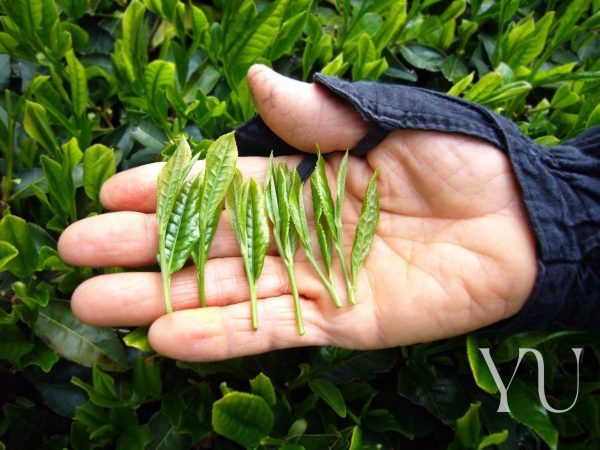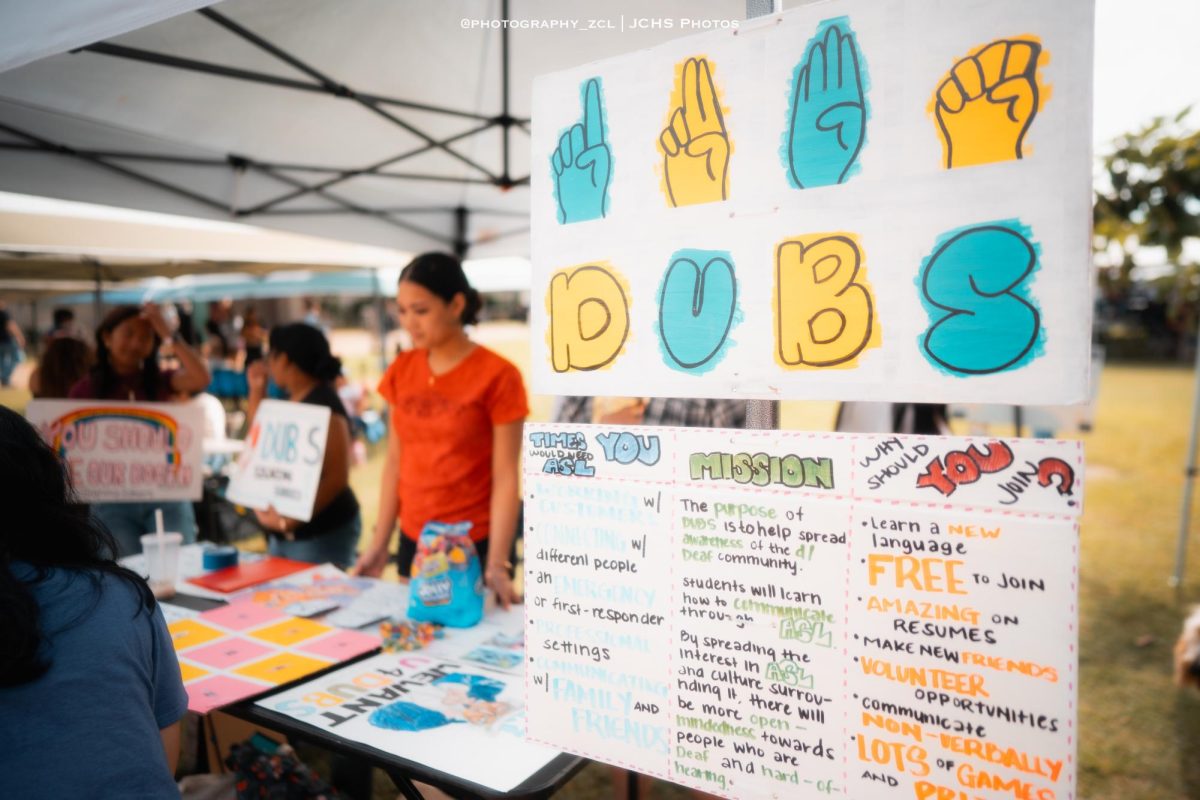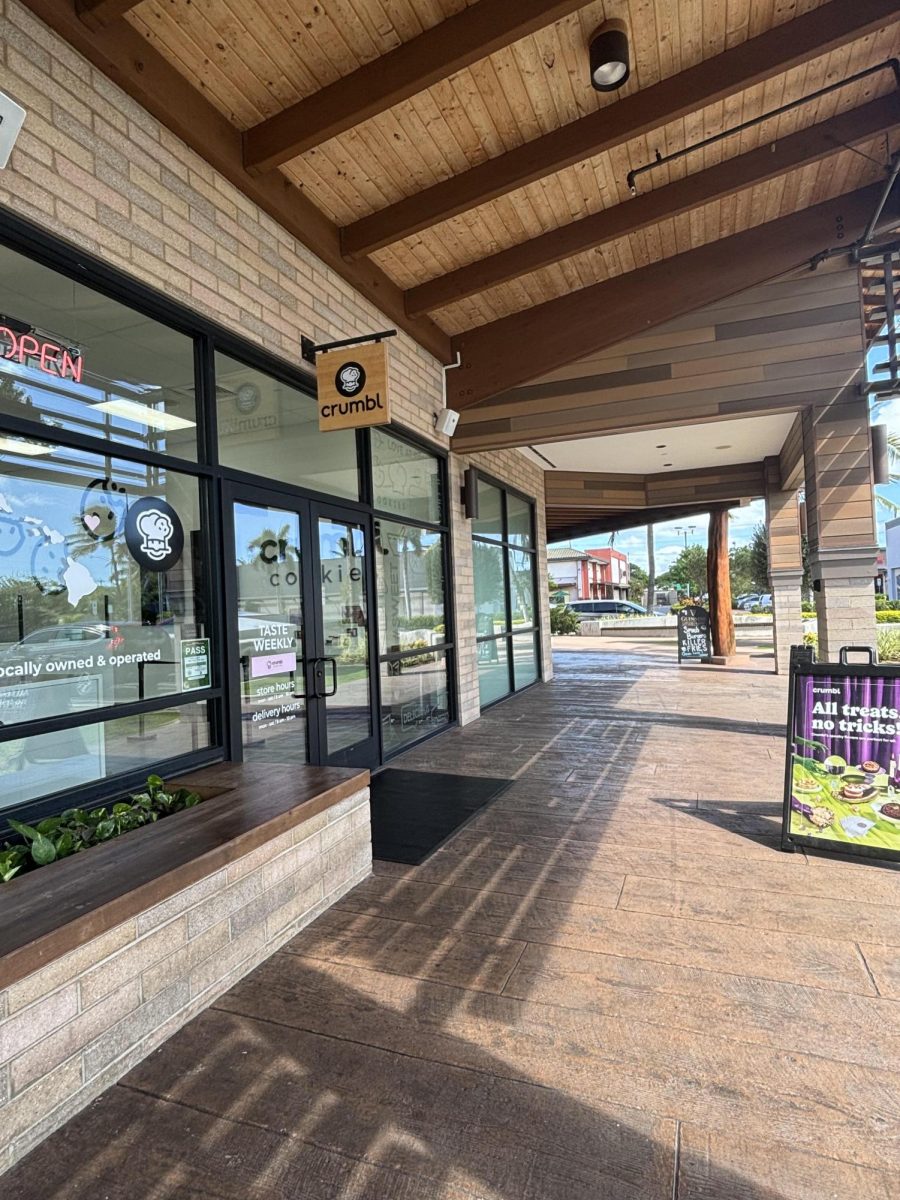Matcha lovers across Oahu are facing a bitter surprise as local cafés and dessert shops report a shortage of the beloved green tea powder. The shortage, driven by global supply chain disruptions, climate challenges in Japan, and skyrocketing demand fueled by social media, has left businesses scrambling to adapt and customers watching their favorite matcha drinks and desserts disappear from menus.
Matcha Finds Its Place in Hawaii’s Everyday Culture
Matcha is a green tea powder made from special leaves that grow in the shade. It’s become super popular in Hawaii, especially in food and health circles. Traditionally used in Japanese tea ceremonies, it’s now widely enjoyed across the islands for its earthy flavor, vibrant color, and perceived health benefits. From lattes and mochi to shaved ice and gelato, matcha appears in a variety of local offerings. It’s consumed by both tourists interested in cultural experiences and residents who choose it as an alternative to coffee. In Hawaii, matcha is part of many people’s daily routines and wellness habits.

Cafes Feel the Crunch: Local Businesses Struggle to Keep Matcha on the Menu
Local businesses are feeling the strain. At Matcha Café Maiko in Honolulu, known for its authentic Uji matcha soft serve and ceremonial-grade drinks, staff have had to limit portions and temporarily remove popular items. According to a report from NBC News, some café owners are now waiting up to six months for shipments that used to arrive monthly, and prices have doubled. Even dessert shops like Via Gelato in Kaimukī are feeling the pressure. As noted in Food Dive, premium matcha powder from Kyoto has jumped from around $18 to nearly $40 per 100 grams, making small-batch production harder to sustain.
Student Impact: James Campbell High School
Beyond the café counters, the shortage is hitting students too. Across Oahu, teens who rely on matcha for energy or comfort are starting to notice the change. At James Campbell High School, matcha drinks are part of the daily routine. “I usually get a matcha latte after school,” said Edel Mae IIdefonso, a senior in JCHS. “It’s like my little treat before homework. But lately it tastes off, and sometimes they don’t even have it.”
Vian Pesca, also a senior in JCHS, noticed the change. “It used to be super smooth and creamy, but now it’s kinda bitter. I still get it from my local café, but it’s not the same. And it’s more expensive now, which sucks.”
Even students outside Ewa Beach are adjusting. Drew Bagamasbag, a senior at Waipahu High, said she’s had to cut back. “I used to go to Starbucks like twice a week for matcha, but now it costs $4 more and doesn’t taste as good. I tried making it at home, but it’s not the same vibe.”
For many teens, matcha isn’t just a drink—it’s part of their routine, their self-care, and their social life. “It helps me relax and focus,” said Pesca. “Coffee makes me crash. Matcha just hits differently.”
With prices rising and the taste changing, students are rethinking their matcha habits. “It’s kinda sad,” IIdefonso said. “Matcha was our thing. Now it’s like, do I really wanna spend $7–8 on something that doesn’t even taste right?”
Matcha’s Social Media Buzz
Matcha’s rise isn’t random—it’s fueled by health perks, cultural roots, and social media hype. Packed with antioxidants and L-theanine, it offers calm energy without the jitters, making it a go-to for wellness lovers. Its ties to Japanese tea ceremonies add depth, while in Hawaii, it blends into local favorites like matcha mochi and shaved ice. From smoothies to skincare, matcha’s versatility keeps it trending. With #matcha topping 3 billion views in 2025, global demand has surged—contributing to the very shortage Hawaii now faces.
Final Sip: A Lesson in Global Connection
The matcha shortage in Hawaii has shown that even the most familiar routines—like grabbing a latte after school—are connected to a much bigger picture. Students, café owners, and everyday matcha fans are learning that their favorite green drink depends on global systems that aren’t always stable. From climate issues in Japan to rising costs and viral demand, the shortage has turned a simple treat into a lesson in how fragile and far-reaching supply chains can be. For many across Oahu, this moment is a reminder that even small comforts come with global consequences.




